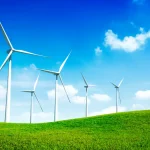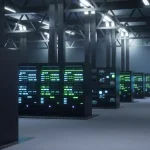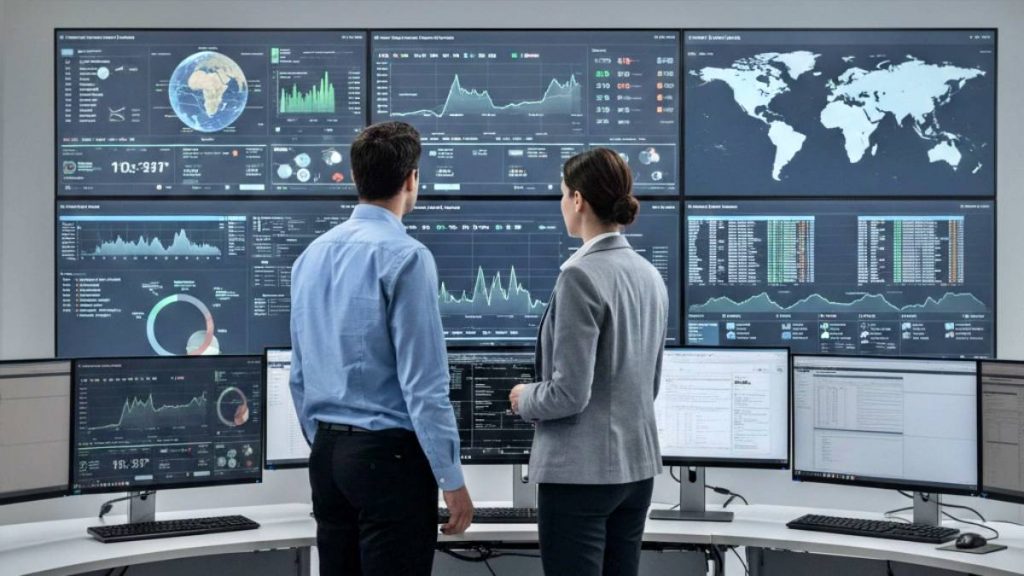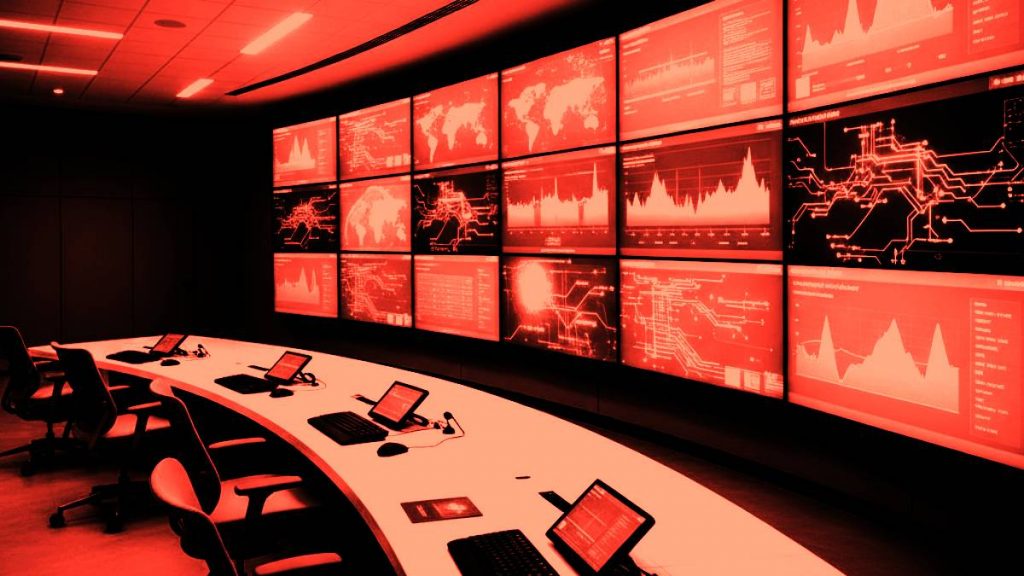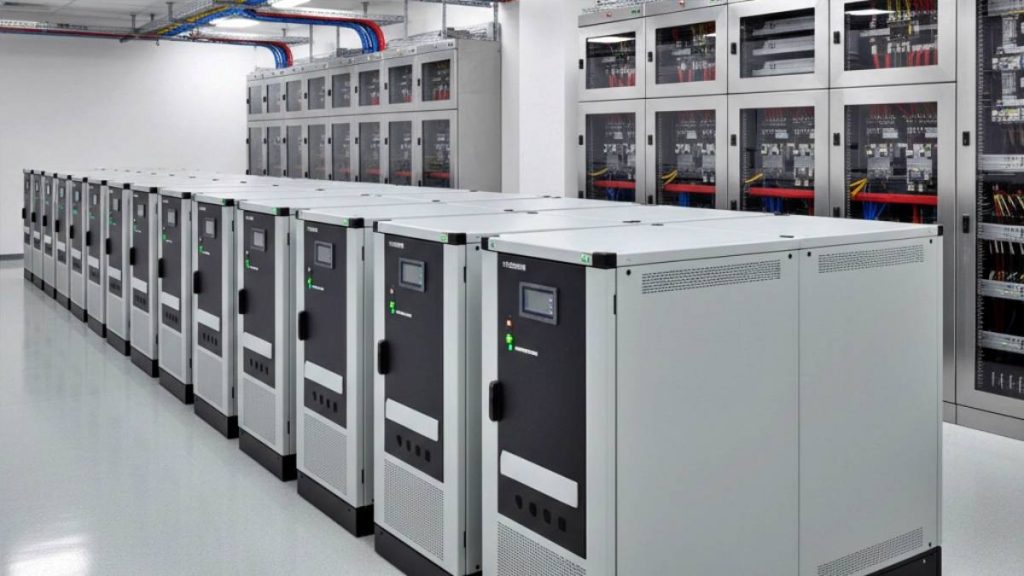Introduction
Effective power management in data center deployments is paramount for operational efficiency and ensuring the overall sustainability of these critical infrastructures. As digital demand grows, server stacks are consistently challenged to optimize energy consumption while supporting increasing workloads. In this context, understanding the methodologies and strategies for reducing power usage becomes essential, as it directly affects both performance and long-term viability.
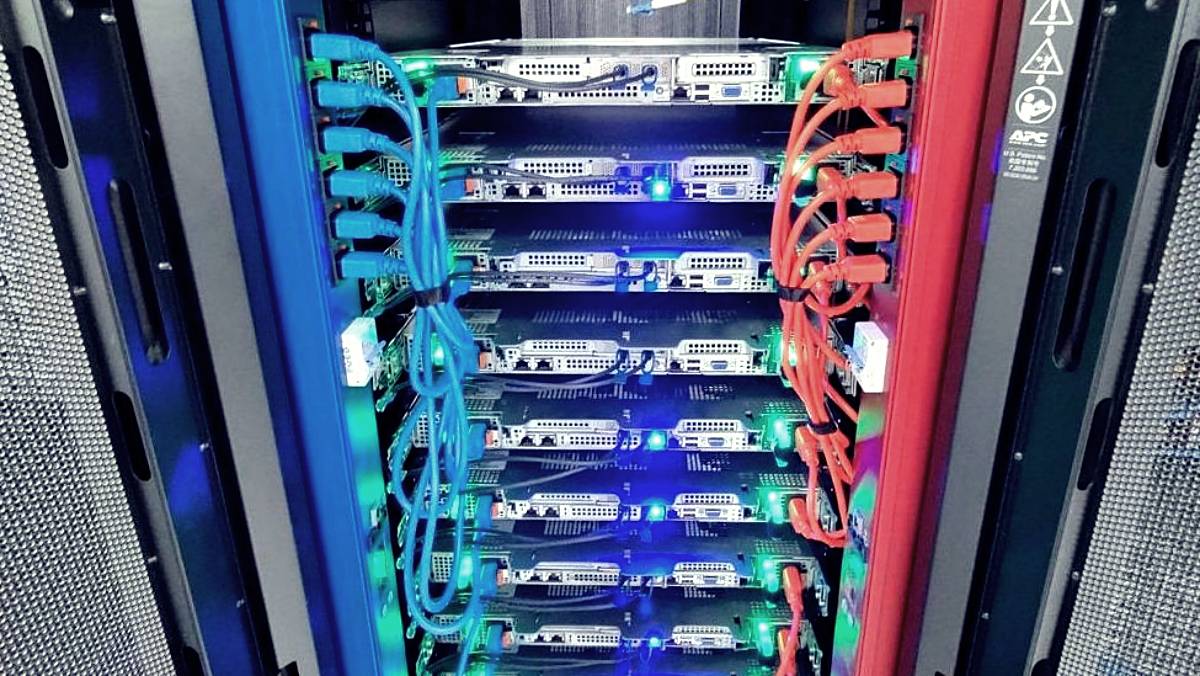
The financial impact of efficient power utilization cannot be overstated. Power-related costs typically constitute a significant portion of operational expenses in data centers, often accounting for up to 30-50% or more of total expenditures. By implementing optimized power management strategies, one can substantially reduce energy bills and improve budget allocations toward enhancing technological capabilities or infrastructure upgrades. Consequently, organizations that adopt effective energy practices stand to benefit from a competitive advantage through lower operational costs and improved resource allocation.
This article will explore some essential strategies that promise actionable insights into optimizing power usage within data centers. Each strategy will focus on practical applications designed to enhance efficiency while enabling long-term sustainable operations.
Calculating Power Needs
Accurately assessing power requirements in data centers is critical to optimizing energy consumption and ensuring operational efficiency. The process should commence with gathering detailed information about the equipment being used. Each piece of hardware, including servers, storage systems, and networking devices, has a specific power consumption rating that can usually be found in manufacturer documentation. Some manufacturers offer calculators or tables to determine the typical power consumption of equipment in operation. A comprehensive inventory must be created to catalog these ratings alongside projected usage levels during peak operations. Once these figures are compiled, they can be summed to calculate the total expected load for all equipment.
Several variables significantly influence power consumption beyond just equipment specifications. Factors such as room temperature settings, airflow management practices, and the expected operating temperatures of various devices must all be considered when assessing power demands. As an example, if additional high-density servers are introduced without adequate adjustments to cooling strategies or airflow patterns, this could lead to increased energy expenditures and even potential overheating issues within the rack environments.
Numerous tools and software applications are available to facilitate accurate calculation and ongoing monitoring of power needs. Energy management systems (EMS) provide real-time insights into consumption patterns by integrating data from various sources throughout the facility. Additionally, using wattmeters throughout the infrastructure can offer granular visibility into specific equipment performance while helping identify enhanced energy optimization opportunities.
In summary, calculating power needs involves a systematic approach that accounts for both hardware specifications and environmental factors impacting energy usage. Leveraging advanced tools streamlines this process and aids in tracking ongoing consumption trends over time. This proactive stance allows facility managers to make informed decisions that align with their goals for effectively optimizing data center power usage while reducing overhead costs associated with inefficiencies.
Implementing Efficient Layout Designs
Efficient layout designs are critical for optimizing airflow and maximizing cooling efficiency within data centers. One of the most widely used strategies is the hot aisle/cold aisle containment configuration. In this setup, cold air intakes from equipment in one aisle (cold aisle) face hot air exhausts from servers in the adjacent aisle (hot aisle). This orientation prevents mixing cold and hot air, allowing cooling systems to operate more effectively. A data center utilizing this layout combined with containment solutions such as sealed aisles or panels can significantly improve temperature stability and energy consumption.
Equipment placement within the rack is pivotal in heat dissipation and overall energy efficiency. Organizations should consider density requirements when positioning equipment in racks; higher-density setups may benefit from localized cooling solutions or additional airflow pathways to mitigate overheating risks. Moreover, leveraging vertical space by using taller racks and/or allowing space between servers in racks can optimize cooling capacity and ease maintenance access while enhancing thermal performance.
Physical infrastructure is equally essential for minimizing energy waste in data centers. Factors such as raised flooring and proper cable management can enhance airflow while preventing bottlenecks that lead to inefficient cooling scenarios. Additionally, blanking panels within racks assist in reducing recirculated hot air exposure around sensitive equipment, maintaining optimal operating temperatures, and enhancing longevity.
Investing in Energy-Efficient Equipment
Selecting energy-efficient equipment is a critical strategy for optimizing power usage in data centers. When evaluating servers, storage arrays, and networking equipment, managers should prioritize criteria such as energy consumption ratings, operational efficiency, and performance capacity. For servers, looking for systems that feature high-efficiency power supplies can significantly decrease energy waste during operation.
Recent advances in technology have brought forth innovative solutions designed to minimize energy consumption without sacrificing performance. For instance, blade servers are engineered to condense more computing power into less physical space while utilizing advanced thermal management techniques. Moreover, the integration of solid-state drives (SSDs) has become common due to their lower power requirements relative to traditional hard disk drives (HDDs).
Certifications such as ENERGY STAR play a substantial role in guiding equipment selection toward energy-efficient alternatives. This certification indicates that a product meets stringent energy efficiency criteria set by the Environmental Protection Agency (EPA). Equipment bearing the ENERGY STAR label is designed to reduce greenhouse gas emissions and contribute positively toward climate change initiatives.
Utilizing Advanced Cooling Techniques
As data centers evolve, traditional air conditioning methods are increasingly challenged by the need for improved energy efficiency and cooling effectiveness. Liquid cooling systems present a compelling alternative, leveraging water or other liquids to efficiently absorb and transfer heat away from servers. Unlike conventional air conditioning, which cools air before distributing it through ductwork, liquid cooling directly targets heat-generating components, allowing for greater thermal management. Several manufacturers are offering liquid cooling systems for rack servers, and this technology is expected to see increased adoption in the near future.
Variable-speed fans are another critical component in modern cooling strategies that enhance operational efficiency. These fans adjust their speed based on real-time temperature readings rather than operating at a constant rate. This flexibility results in reduced energy consumption during periods of lower demand. Moreover, variable-speed fans reduce mechanical stress within the system, extending the lifecycle of both the fan units and associated infrastructure. Case studies indicate that equipment employing variable-speed technology can achieve up to 30% savings in power usage when compared with fixed-speed fan setups.
In climates with favorable temperatures, facilities can implement free cooling techniques that utilize outside air circulation directly into the computer room; studies indicate this method can lead to dramatic reductions—sometimes exceeding 70%—in the costs associated with cooling.
Monitoring Real-Time Energy Consumption
The implementation of advanced monitoring systems is essential for effectively tracking power usage. With continuous monitoring, anomalies can be detected promptly, helping to identify equipment malfunctions or inefficiencies that may lead to increased energy usage. Moreover, real-time insights facilitate better management of peak loads, allowing adjustments to be made that can reduce costs and improve overall system reliability. Many servers have internal power usage monitoring capability, and advanced power distribution units (PDUs) are available with per-outlet and full-circuit power usage monitoring. These systems usually include the capability for threshold alerts and overage notifications.
Future Trends in Data Center Power Management
Advancements in technology are continually reshaping the landscape of power management, with an emphasis on increasing energy efficiency through innovative solutions. One emerging trend is the implementation of edge computing architectures, which decentralize processing closer to users and devices. This shift has implications for power management by reducing latency and bandwidth usage while minimizing reliance on centralized data centers that consume significant resources. Edge computing facilitates localized data processing, leading to potentially lower overall power consumption due to the reduced need for extensive cooling systems across larger facilities.
Conclusion
In summary, effective power management in data centers is fundamentally critical for operational efficiency and cost reduction. The strategies discussed—from calculating precise power needs to implementing efficient layout designs, investing in energy-efficient equipment, and utilizing advanced cooling techniques—are essential components that contribute to reducing overall energy consumption. Continuous monitoring of real-time energy consumption through advanced systems further enhances a facility’s ability to identify inefficiencies and adapt accordingly.
Furthermore, the landscape of data center operations is dynamic; thus, regular audits and staying abreast of future trends are necessary to sustain energy efficiency improvements. Innovation in technologies can provide additional avenues to optimize power usage effectively. Therefore, maintaining an ongoing commitment to these practices will ensure that data center deployments meet current operational standards and adapt to future demands.


